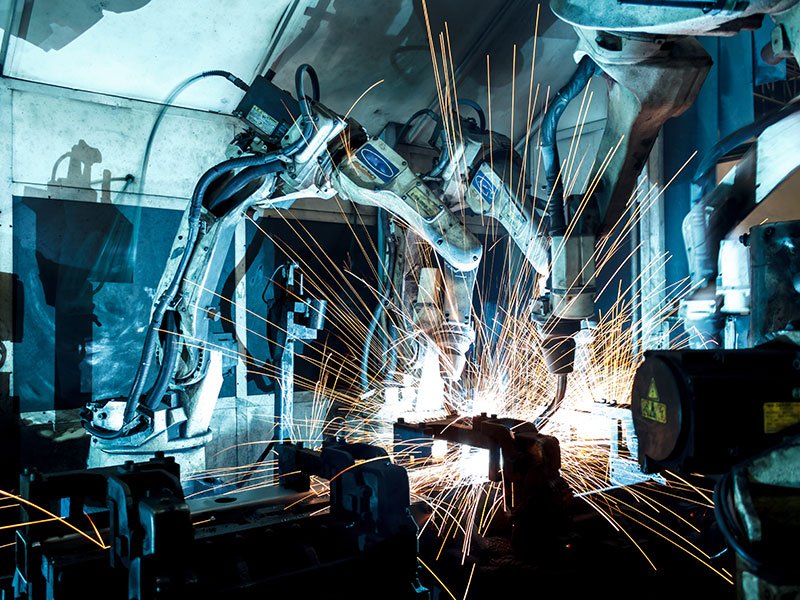The appointment of a chair and board of directors for the National Reconstruction Fund marks a new phase in the development of the $15 billion co-investment fund that started in March 2021 as an early election commitment from then-Opposition leader Anthony Albanese.
With the board in place, the important work can now begin on building an investment mandate, creating expert investment committees to inform the NRF’s sub-funds and priority areas, finding a CEO and staffing the organisation, and finally getting the taps tuned on and the dollars flowing.
There is no timetable for this happening and Industry minister Ed Husic – who calls himself the most impatient person in government – is setting expectations rather than deadlines.
The government now has a board with the assurance and confidence to make investment decisions as quickly as they can, he says. But “we don’t want rushed decisions, we want the right decisions,” he said. “We don’t want decisions in political interests, we want them in the national interest.”

So, there is plenty of work still to be done, but the appointment of the board is a huge milestone, perhaps the end of the beginning of the NRF formation.
But to be fair, even operating at warp speed in doing everything that needs to be done, getting the first investments out the door is a fair way down the track.
More pressing for industry is the progress toward money flowing from the $392 million Industry Growth Program that was unveiled the federal Budget in May.
The Industry Growth Program is expected to deliver commercialisation and scaling advice, as well as matched-grant funding of up to $5 million, to SME innovators and startups. The program is being tailored to expand the pipeline of companies that would be suitable for investment by the National Reconstruction Fund down the track.
Where the structural decisions that will shape the NRF won’t be rushed, the clock is surely ticking on the Industry Growth Program.
The announcement of the Industry Growth Program in May coincided with the closure of the Entrepreneurs Programme that it replaced.
While the demise of much of the Entrepreneurs Programme is unlamented, the loss of its matched-grant Accelerating Commercialisation component has left a funding hole that has attracted sharp criticism.
The longer that funding gap remains open, the wider the gap in the number of companies that will emerge from the pipeline.
The Industry Growth Program governance structures are less complex, and the investments are orders of magnitude smaller than the bets that will be placed by the National Reconstruction Fund. But it remains foundational to the ambitions of the NRF.
The government might not like it, but the reality is that money that the industry had previously thought had been ear-marked for industry development through the previous government’s Manufacturing Modernisation Initiative is no longer being put to those industry development purposes.
In the case of the MMI Collaboration stream, $440 million in grants that had been announced by the previous government will no longer go ahead. Whether you call it perception or reality, that is $440 million in grants that is no longer destined for the industry.
With the closure of the Accelerating Commercialisation matched-grant scheme in May, that reality is causing a lot of angst, and certainly puts additional urgency around the Industry Growth Program.
In the meantime, the significance of the appointment of Martijn Wilder as the chair was lost on no-one. From its earliest discussions the NRF was to be modelled on the Clean Energy Finance Corporation and shaped by the experience of that organisation.
Mr Wilder was a founding director of the CEFC and brings that experience to the table, in addition to four years as chair of the Australian Renewable Energy Agency.
The board itself, as you would expect, is a broad mix of different backgrounds, experience, age, geography and industry. You can read about them here.
If there is an odd person out, it is Kelly O’Dwyer. As the former Liberal Member for Higgins, she brings the political dimension but does not have the same kind of hands-on business experience as the others.
But there is enough, clearly, otherwise Ms O’Dwyer would not be on this board. And the political background is the point.
Do you know more? Contact James Riley via Email.

